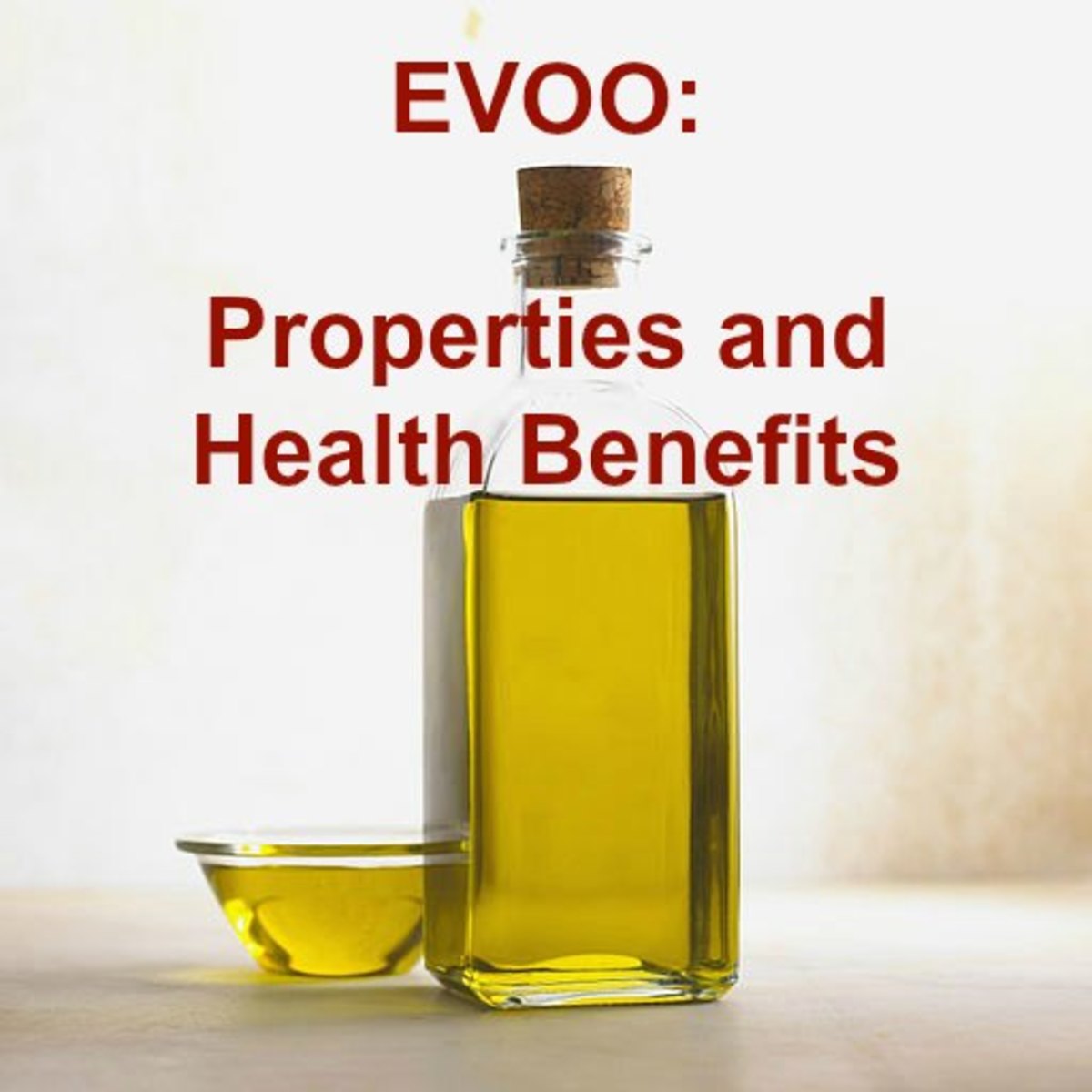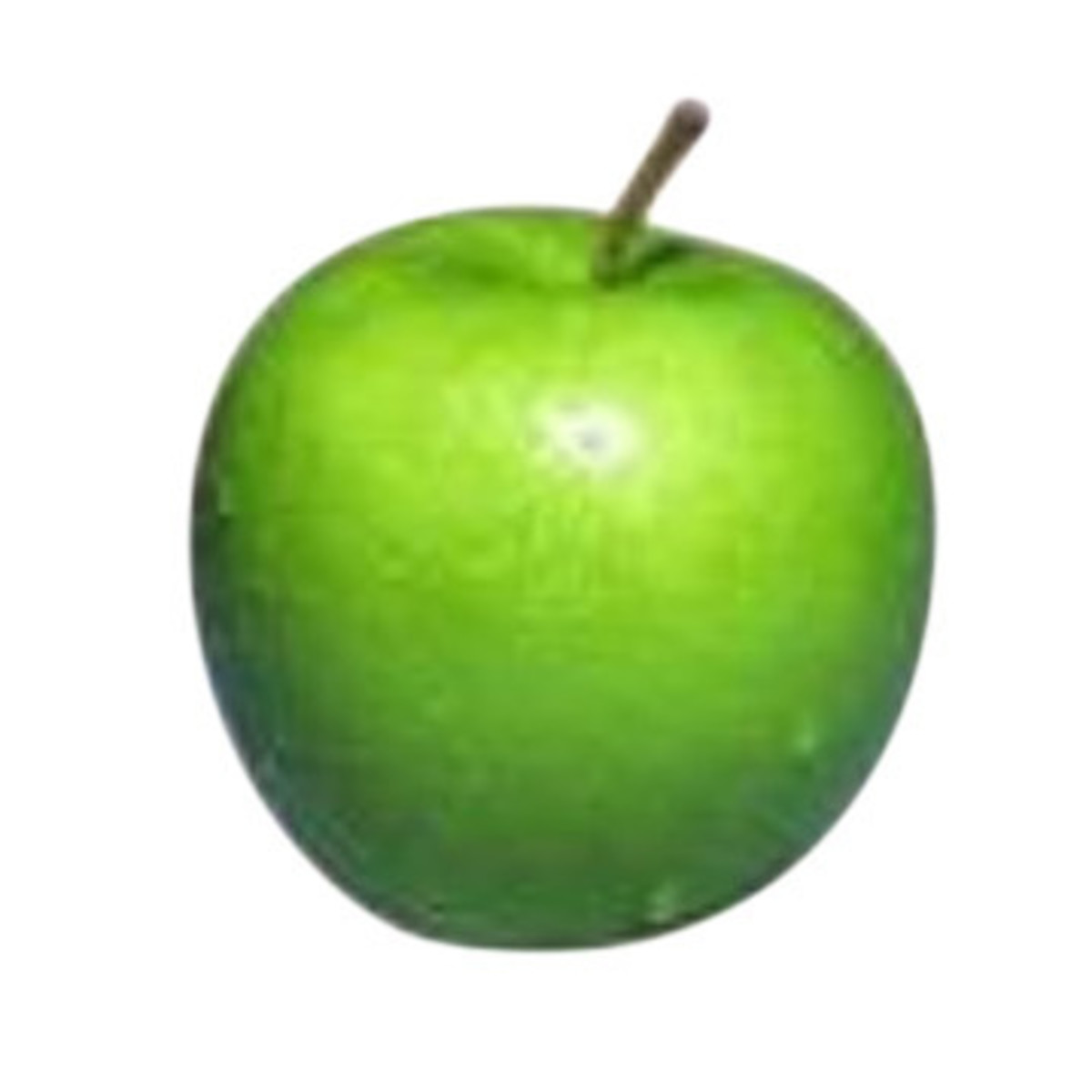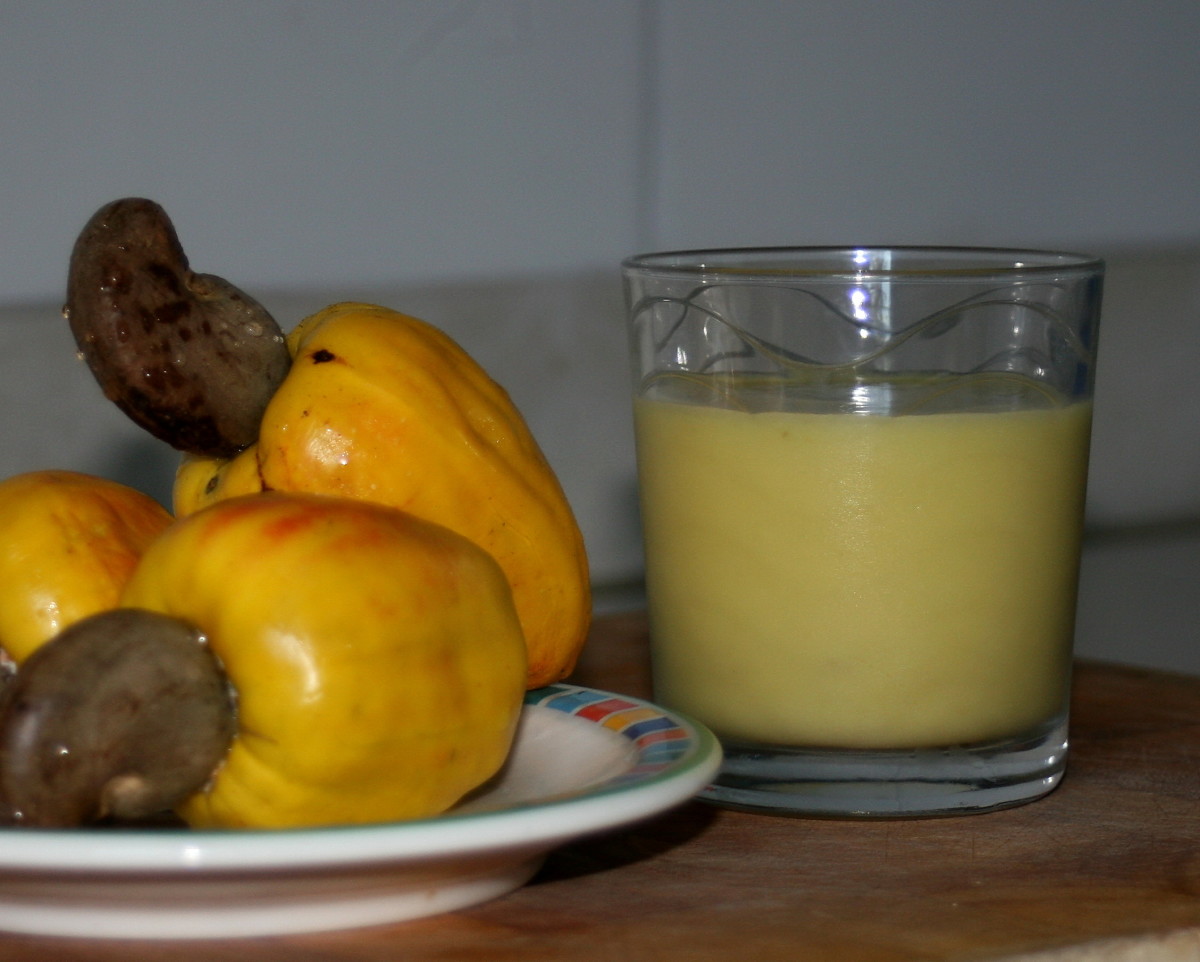Is It Better to Eat Vegetables Raw or Cooked?
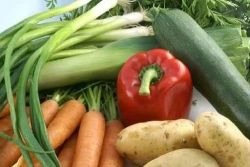
Raw Or Cooked Vegetables Better?
You may have wondered about whether it is better to eat your vegetables raw or cooked. Is eating them raw really better and healthier? Does cooking destroy all the nutrients?
Some of us like to munch a carrot and tomatoes in a salad is quite tasty.
Most people believe that raw food is best and that cooking destroys whatever nutritional value it has. In most cases this would be true but it may be healthier to eat some vegetables cooked rather than raw.
So which vegetables are best eaten raw or cooked?
Raw Or Cooked Vegetables?
Not all raw vegetables provide the best nutritional value. Some vegetables need to be cooked in order to release certain compounds which are not available when raw.
Raw Carrots Or Cooked Carrots Better?
Cooking breaks down the tough cellular walls
Carrots are one of the best sources of beta-carotene. The body converts beta- carotene into Vitamin A which is important in reproduction, vision, bone growth and also regulating the immune system. So if we are to eat more carrots - do we eat them raw or cooked?
It has been found that cooking carrots actually increases the level of beta-carotene. The reason is that raw carrots have tough cellular walls. Cooking carrots will dissolve the walls and free the nutrients to be available to the body. An experiment carried out at the Institute of Food Research in 2009 showed that the body can absorb about 5% of the beta carotene from a single carrot, whereas when it is boiled, the carrot released 60% and blended and then boiled a whopping 90%!!
So next time try some boiled carrots. Same goes for zucchini and broccoli.
Visit the Carrot Museum.
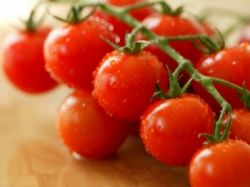
Cooked Tomatoes have higher antioxidant power
Tomatoes is a vegetable that most of us enjoy both raw and cooked. We have it in our salads and sandwiches but we also have it in our ketchup, pizzas, etc.
Tomatoes are a good source of lycopene, the phytonutrient which gives the tomato its red color and also its antioxidant power. A report in Scientific American suggests that simply cooking it will increase the antioxidant power of lycopene. Heating changes the chemical structure of lycopene to make it more bioavailable.
Studies have suggested that lycpopene may help against cancer particularly prostate cancer. Lycopene also has antibacterial and antifungal properties. It can help to reduce inflammation of gums and Candida albicans or yeast infections.
Raw Vegetables
Raw Vegetables To Avoid
Avoid eating cruciferous vegetables raw as they contain chemicals which block the production of the thyroid hormone. This would especially affect those trying to lose weight.
Some of these vegetables include broccoli, kale, cauliflower, bak choy, cabbage, turnip, brussels sprouts, turnip and radish. Cooking reduces these thyroid affecting substances by two thirds.
It is fine to enjoy a bowl of coleslaw once a while but try not to make a habit of eating it raw.
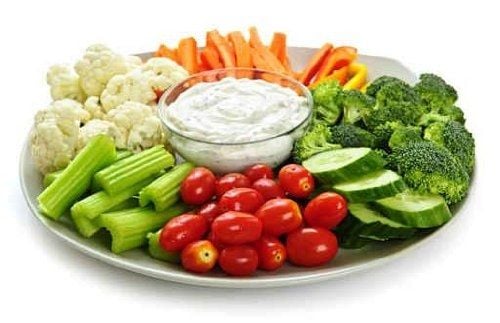
Raw Vegetables - Fast Facts
Many presume that raw vegetables are best since they are rich in enzymes. The problem is that many people have poor digestive systems and are unable to properly digest the raw vegetable fiber. Some develop gas and bloating after a meal of raw vegetables.
- Eat raw vegetables that are freshly picked. The nutritional value of a raw vegetable also depends on how fresh the vegetable. There is a significant loss in the nutrient value of raw vegetables that have been picked too long before being eaten.
- Chew your raw vegetables well, at least 20 times per bite.
- Make a raw vegetable smoothie. You are able to consume several types of raw vegetables at one time in a easy to drink smoothie.
- Food poisoning due to contaminated raw foods have increased since the 1970s. Some of the foods that have led to these outbreaks include salads, sprouts, melons and berries. Recently, in May 2011, an outbreak of E.coli has caused thousands in Europe to be sick. The contamination was traced back to an organic farm in Germany producing a variety of sprouted foods.
Add Oil Dressing To Raw Vegetables
Helps Better Absorption
When eating raw vegetables like your salad greens and tomatoes, adding some oil-based dressing will help absorption of the carotenoids better. Olive oil especially extra virgin oil is an excellent choice for this purpose.
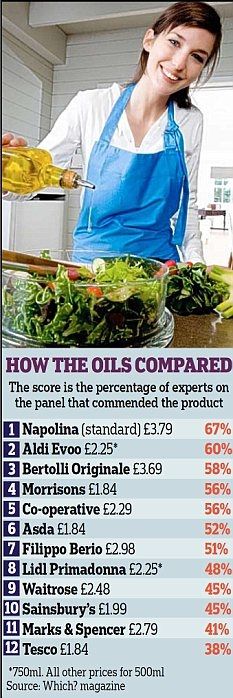
Which Is The Best Virgin Olive Oil?
Most expensive may not be the best
For salads select either a virgin or extra virgin olive oil.
A study by Which magazine suggests that buying the most expensive virgin oil may not always be the best choice.
Four factors to consider when choosing a quality extra virgin oil include aroma, balance, complexity and taste.
How to choose an extra virgin olive oil
1. Choose olive oil encased in dark glass as the dark color helps to prevent oxidation of the oil.
2. If you are looking for pure olive oil don't buy blended olive oils .
3. Your choice of olive oil depends on your taste preference - heavy robust olive oil, lighter, smoother oil, with a peppery after taste or something sweeter.
Picture courtesy of the Daily Mail.
Green Smoothies
Vegetable Smoothie
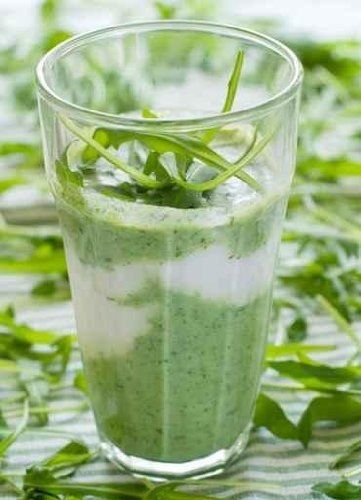
Tips For Making A Green Smoothie
Making a green smoothie with raw vegetables and fruits is quick and easy and require only a blender, a sharp knife and a chopping board. Try these Green Smoothie Recipes.
- Add enough liquid to enable the blender to puree the vegetables or fruits. Not enough liquid might make the smoothie too thick. Filtered water is best for a green smoothie.
- Base fruits give your smoothie a creamy smoothie texture. Some base fruits which give a "creamy" texture include banana, peach, mango, pear, apple and papaya.
- Adding some base fruit to your green smoothie helps mask the flavor of the veggies. Recommended percentage is 60% fruit to 40% greens.
- Try hiding the flavor of bitter greens with some raw chocolate powder or vanilla extract.
- Chop up the fruits and greens into smaller chunks rather than adding whole leaves and big bunches.
- Pulse the fruits and liquid first until the ingredients are lightly mixed before adding the greens.
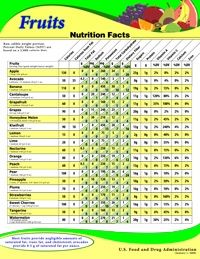
Nutrition Facts About Raw Food
Here are some nutrition facts from the FDA regarding the 20 most common raw vegetables eaten by consumers in USA.
Information include the calories found in each vegetable, its dietary fiber and vitamins. Most vegetables provide negligible amounts of trans fat, saturated fat and cholesterol.
Download this free Nutritiion Facts Of Raw Vegetables poster from FDA.
- Store fresh vegetables like lettuce, mushrooms, herbs in a clean refrigerator at a temperature of 40°F or below.
- Refrigerate all products that is pre-cut or peeled
- Keep fruits and vegetables to be eaten raw separate from other foods such as raw meat, poultry and seafood.
How To Handle And Store Raw Vegetables
It is important to store properly vegetables that are to be eaten raw. This is to avoid contamination from harmful bacteria which can lead to "food poisoning".
Raw Vs Cooked Poll
Do you eat your vegetables raw or cooked?
Which Vegetables Better Cooked, Not Raw
Cooked carrots, spinach, cabbage and peppers supply more antioxidants like carotenoids to the body when cooked rather than raw.
According to a 2008 report in the Journal of Agricultural and Food Chemistry water-cooking treatments better preserved the antioxidant compounds especially carotenoids. Steam and boil your vegetables instead of frying.
How To Cook Vegetables Without Losing Its Nutrients
1. Cooking time - Vitamin C and thiamine are heat sensitive. Allow the water to boil before adding in the vegetables and remove it as soon as it is cooked.
2. Amount of water - Use minimal amount of water to cook food.
3. Surface area of vegetables - More nutrients are leached with greater surface area. So the more thinly sliced vegetable will lose more nutrients compared to chunky cuts.
4. Method of cooking - Boiling and steaming your vegetables are better in preserving the antioxidants especially the carotenoids. Deep fried foods are sources of free radicals as the oil is continuously oxidized when heated up to very high temperatures.
© 2009 Sue Mah

